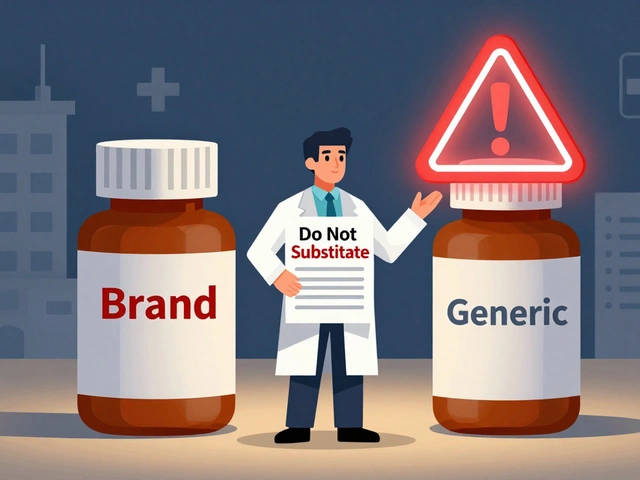Absenteeism: What It Is and Why It Matters
Absenteeism means missing work or school without a good reason. It can happen because of illness, stress, family duties, or just feeling burnt out. When many people skip days, the whole team feels the strain – tasks pile up, deadlines slip, and morale drops. Understanding the why behind absenteeism helps you spot patterns early and act before problems grow.
Why Employees Miss Work
Most people think sickness is the only cause, but the reality is broader. Common triggers include:
- Chronic health issues that flare up often.
- Stress at home or on the job that makes showing up feel overwhelming.
- Poor sleep, which leaves employees exhausted.
- Lack of flexible scheduling, forcing people to choose between work and personal commitments.
When these factors stack up, even a healthy worker may start calling in. Spotting the root cause in your own workplace can point you to the right solution.
Practical Tips to Cut Absenteeism
Here are three easy steps that usually make a difference:
- Offer flexible hours or remote options. When staff can adjust their start time or work from home on bad days, they’re less likely to take a full day off.
- Promote wellness programs. Simple things like flu shots, mental‑health resources, or short exercise breaks keep people healthier and more energized.
- Set clear attendance policies. Explain what counts as an excused absence, how to report it, and what support is available. Transparency reduces confusion and abuse.
Applying these ideas doesn’t require a huge budget – it’s about listening to your team and making small, consistent changes.
Remember, absenteeism isn’t just a numbers game. Each missed day can signal a deeper issue that, if ignored, hurts both the individual and the organization. By watching the trends, talking openly, and offering practical support, you can turn a high‑absence environment into a healthier, more productive one.
Keep an eye on the data, ask your employees what they need, and adjust your approach as you learn. Over time you’ll see fewer surprise absences, smoother workflows, and a workforce that feels cared for and motivated.
Explore how Major Depressive Disorder reduces workplace productivity, the hidden costs of absenteeism and presenteeism, and practical steps employers can take to support affected staff.
Continue reading...






